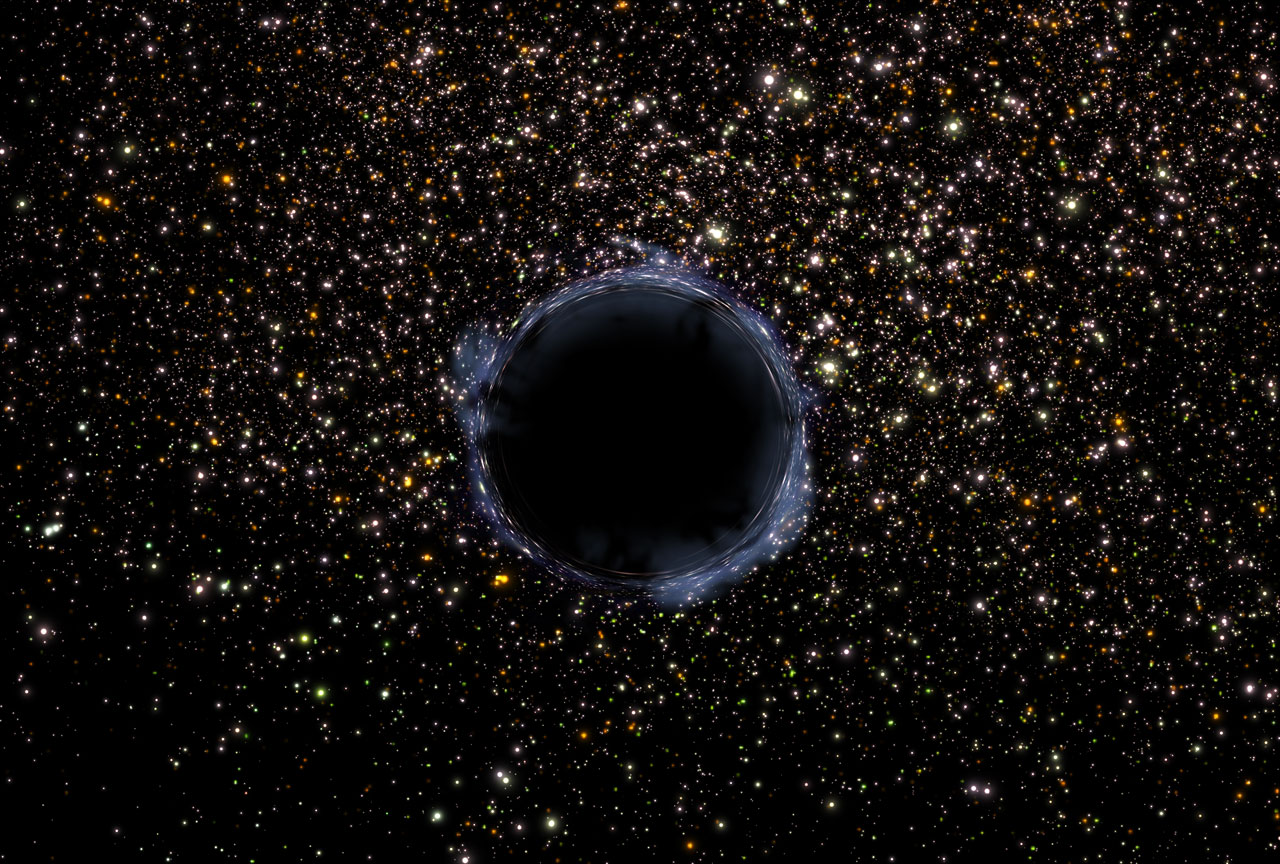After Death
Three types of star remain after their death: white dwarfs, neutron
stars, and black holes. Each of these
has their own particular details and complications; and all are among
the most exotic places in the 
universe. Unfortunately, information about their lifespans is usually
theoretical at best. The universe is
still too young to have let any of these three bodies completely
exhaust itself.
White dwarfs are primarily interesting for their composition:
electron-degenerate matter, which is
particularly difficult to compress. As is, they are already immensely
dense; they contain the masses of stars
like the sun but the volume of planets like Earth. Because of this,
even nearby white dwarfs are strongly
redshifted (that is, they give off the appearance of moving further
away). They radiate almost no heat, and
it is thought that when this heat is lost they will become a body known
only as a black dwarf.
Neutron stars, meanwhile, are comprised of almost only of their
namesake: neutrons. They are immensely hot
and, like white dwarves, can no longer be compressed. They are
particularly unusual because of the speed of
their rotation, which is so powerful that radio waves are emitted
strongly at the poles of the star. For some
time it was thought that these radio sources, so regular in their work,
might actually be strangely artificial in
nature. It is now known that neutron stars pointed straight at us,
called pulsars, are of course completely
natural. The fate of neutron stars is also unknown, and not much
theorized upon.
Finally, black holes. These are perhaps the most terrifying objects in
existence, who have become so
massive that light itself cannot escape their gravity. For this reason
they are almost impossible to study,
but the following is most probable. At the core of every black hole is
a singularity, a location where the laws
of physics themselves change. Meanwhile, at the edges, a slow process
might occur to account for information
lost to black holes.
Quantum mechanics suggests that virtual particles are created and
destroyed constantly. Because of black
holes's unusual structures, these false particles may become propelled
into becoming real particle-antiparticle
pairs; one of which is swallowed again by the black hole (effectively
destroying it), the other drifting back out
into the galaxy, replacing the information lost by a real particle
previously swallowed. This process is
signficantly noteworthy in that it provides a mechanism for black hole
death: Each particle released shrinks the
black hole, and eventually it is reduced to nothing.

